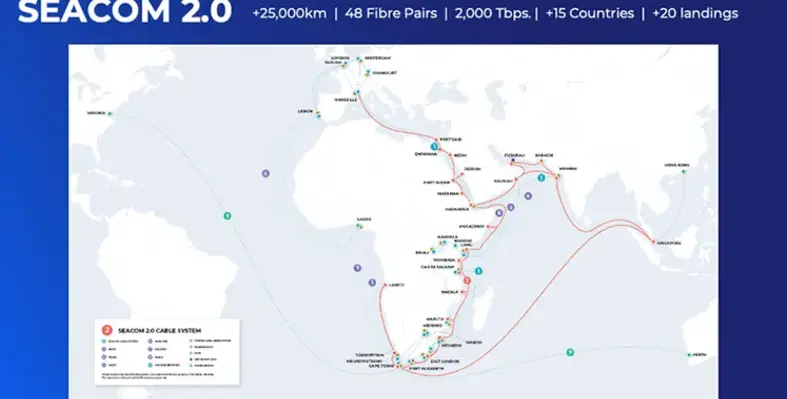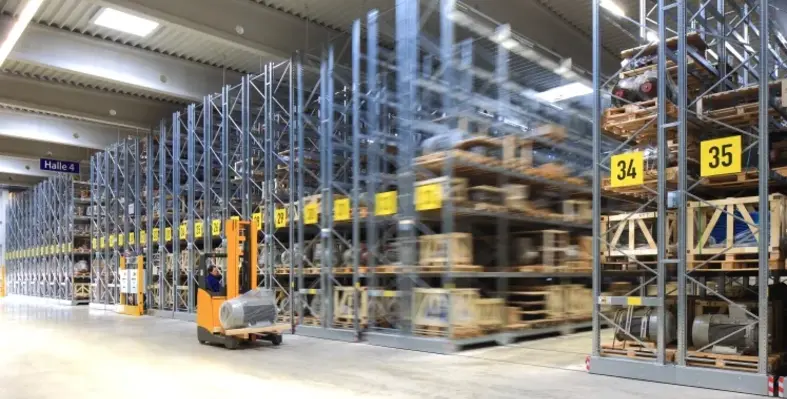Africa’s underserved online markets are poised for a major digital breakthrough as Raxio Group, a leading pan-African data centre operator, teams up with Laser Light Africa, the regional arm of the U.S.-based advanced digital network provider
The collaboration is set to bring faster, more affordable, and more reliable internet access to some of the continent’s fastest-growing economies.
The partnership, Raxio-Laser Light Team to transform digital access in markets home to half a billion people, will combine Raxio’s expanding network of Tier III carrier-neutral data centres with Laser Light’s advanced optical infrastructure. This alliance will provide high-speed digital connectivity across seven strategic African markets: Angola, the Democratic Republic of Congo, Ethiopia, Côte d’Ivoire, Mozambique, Tanzania, and Uganda. Together, these countries represent a combined population of nearly 500 million people.
By hosting and routing data closer to users through Raxio’s state-of-the-art facilities and Laser Light’s global network, the partnership aims to reduce the cost of internet services, enhance reliability, and support Africa’s digital transformation across industries including finance, e-commerce, healthcare, education, and entertainment.
Laser Light’s technology integrates subsea, terrestrial, and satellite optical infrastructure into a single software-managed global platform capable of transmitting data at the speed of light. The company’s optical mesh network is engineered to handle massive data volumes efficiently while offering cloud solutions that meet the growing needs of modern enterprises and consumers.
Transformative benefits
As the demand for data continues to surge across the continent, African businesses and consumers still struggle with unreliable connections and high international bandwidth costs. The Raxio-Laser Light partnership aims to address these issues by delivering measurable improvements:
*Reducing latency: Cutting transmission delays from hundreds of milliseconds to just a few, enabling real-time cloud computing, gaming, fintech, telemedicine, and AI-driven services.
*Increasing reliability: Hosting applications in Tier III data centres designed for 99.982% uptime, equating to less than two hours of downtime per year.
*Lowering costs: Through local caching and peering, wholesale bandwidth expenses could drop by up to 90%, ultimately lowering prices for end-users while increasing speeds.
*Enhancing security: Fewer networks will handle private data during transit, reducing vulnerabilities.
*Advancing sustainability: Laser Light’s optical transport technology, which relies on light instead of electricity for data transmission, consumes less power per unit of information while reducing the energy demand of long-distance routes.
Starting in Angola
The first rollout phase is scheduled for 2026, beginning in Angola, anchored by Raxio’s new data centre in Luanda. This facility will connect to the country’s subsea cable landings and the Angonix Internet Exchange Point, with subsequent expansions planned across all Raxio data centre locations.
“Digital infrastructure is the backbone of economic transformation,” said Robert Skjodt, CEO of Raxio Group. “By combining Raxio’s state-of-the-art facilities with Laser Light’s global optical network, we are delivering a platform that will power innovation, investment, and job creation for decades to come.”
Building ecosystems and skills
Beyond improving connectivity, the initiative is expected to create job opportunities in construction, operations, and network management, while supporting training programmes that develop local expertise in Tier III operations, peering, and optical technologies.
The partnership’s core focus areas include:
*Infrastructure integration: Deploying Laser Light’s optical mesh network, combining terrestrial fibre, subsea cables, modular data systems, and MEO satellite connectivity across Raxio’s infrastructure.
*Interconnectivity expansion: Establishing Points of Presence (PoPs) and interconnection hubs in Raxio data centres to enhance regional and international traffic.
*Edge enablement: Developing edge data centre strategies to bring cloud, IoT, AI, and enterprise services closer to users.
*Regulatory alignment: Ensuring compliance with local data sovereignty, energy, and ICT standards across all markets.
Together, Raxio and Laser Light are setting the stage for a more connected, inclusive, and sustainable digital future, unlocking Africa’s full technological potential and enabling economic growth across the continent.










